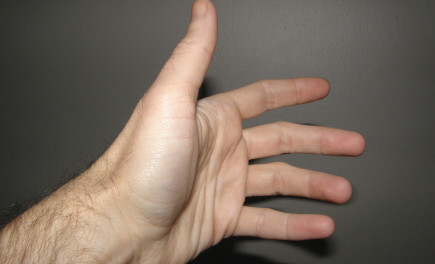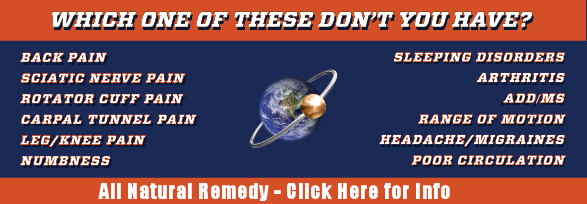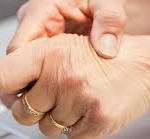Rheumatoid arthritis (RA) is a type of arthritis which has long-term consequences and leads to the inflammation of the joints and the surrounding tissue. Rheumatoid arthritis is also one of a hundred different arthritic conditions that can affect other organ systems in the body. Rheumatoid arthritis is an autoimmune disease that causes the chronic inflammation. Autoimmune diseases are illnesses that happen when the body’s tissue is mistakenly attacked by their own immune system. Individuals who suffer from an autoimmune disease will have antibodies in their blood system targeted to their own body tissue. And, because rheumatoid arthritis can affect multiple other organs in the body, it is also referred to as a systemic illness and sometimes rheumatoid disease. (1)
Rheumatoid arthritis is one of the more common rheumatic diseases and affects approximately 1.3 million people in the United States. The disease attacks more women than men but affects people of all races equally. Researchers have found that the disease can begin at any age but more often starts after the age of 40 and before the age of 60. There is some belief that there is a genetic basis for the disorder because in families multiple members can be affected.
Rheumatoid arthritis, or rheumatoid disease, is a chronic illness but some patients can experience long periods of time without symptoms. However, it is also a progressive illness that has the potential to cause joint destruction and eventual disability.
 Some of the common signs and symptoms of rheumatoid arthritis include joint pain, joint swelling, red and puffy hands, nodules under the skin on the arms often referred to as rheumatoid nodules, fatigue, fever, weight loss, morning stiffness that can last for several hours, and joints that are tendered to the touch. In the early stages the arthritis tends to affect the smaller joints, the joints in the wrist, hands, ankle and feet. As time progresses the shoulders, elbows, hips, jaw and neck can also become involved. (2)
Some of the common signs and symptoms of rheumatoid arthritis include joint pain, joint swelling, red and puffy hands, nodules under the skin on the arms often referred to as rheumatoid nodules, fatigue, fever, weight loss, morning stiffness that can last for several hours, and joints that are tendered to the touch. In the early stages the arthritis tends to affect the smaller joints, the joints in the wrist, hands, ankle and feet. As time progresses the shoulders, elbows, hips, jaw and neck can also become involved. (2)
In many cases, rheumatoid arthritis affects the body in a symmetrical fashion. This means that if your first finger on your left hand is affected then it is likely that the first finger on your right hand will also be affected. These signs and symptoms can vary in severity and can even come and go. Some patients will experience flare ups which occur after a period of decreased disease activity. This means that they will experience periods when they are in relative remission or have no swelling, pain, difficulty sleeping or weakness. This will alternate with times when the disease has an increased amount of activity, called a flare up.
If the joint is not used for a while it can become warm, tender and stiff. As the lining of the joint becomes inflamed there is more fluid produced and the joint becomes swollen. Patients can also suffer from symptoms that include anemia because the bone marrow fails to produce enough new red blood cells, eye burning or itching, numbness or tingling and paleness. Most of these symptoms occur from the affects of rheumatoid arthritis on other bodily organ systems.
References:
(1) American College of Rheumatology: Rheumatoid Arthritis
http://www.rheumatology.org/practice/clinical/patients/diseases_and_conditions/ra.asp
(2) University of Maryland Medical Center: Rheumatoid Arthritis
http://www.umm.edu/patiented/articles/what_symptoms_of_rheumatoid_arthritis_000048_4.htm
(3) Arthritis Rheumatology: Antibodies to citrullinated alpha-enolase peptide 1 are specific for rheumatoid arthritis and cross-react with bacterial enolase
http://www.ncbi.nlm.nih.gov/pubmed/18821669
| Advertisement | |

|
|




Leave a Reply